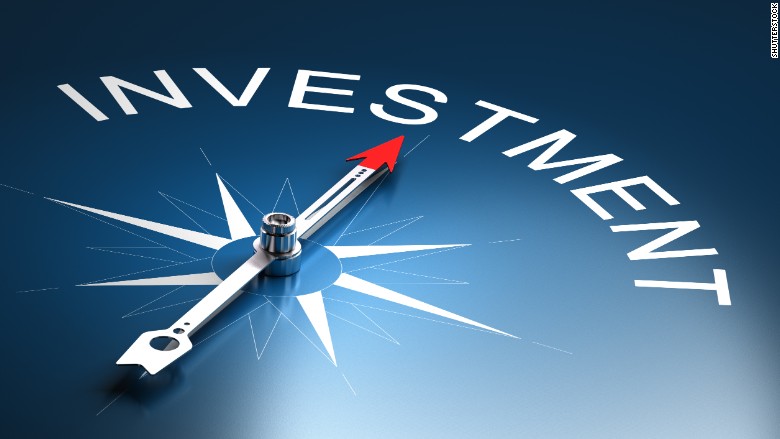
The fund industry has grown massively in the last 25 years, and it has changed to a better-run, more professional, and lower-cost business, Here are some key lessons for investors:
- Build a plan for multiple investment goals and stick to it.
- Align your investments with each goal.
- Keep costs low, but evaluate whether some services like paying for financial or tax advice are worth the price if you don’t have the time or investing acumen to do it yourself.
- Choose funds that are good bets for five years from now because they have the depth of managers and analysts, low costs, and strong stewardship to keep them on the right path.
Continue Reading →
When it comes to gauging the worthiness of an investment, investors often land way off the mark. Most treat short-term returns as a yardstick, while others have unrealistic expectations. Yet others misinterpret returns completely. However, correct assessment of performance is a must to avoid bad investment decisions.
For most investors, point-to-point return figures serve as the performance yardstick. This can be misleading. The current return profile of equity funds, for instance, is a case in point. The three-year returns of most equity funds comfortably outshine the five-year figures (see chart). Large-cap funds have clocked 13.5% CAGR over the past five years compared to 17.8% over the past three. Mid-cap equity funds have yielded 20.6% CAGR over the past five years against a whopping 34% in three years. To the lay investor, this sharp disparity in returns poses a dilemma—if the return is so much higher for a three-year period, does it make sense to stay invested for five years or more? But the investor is overlooking two critical elements here. First, he is considering a singular point-to-point reference from the past to make an assumption about the future. Second, he is ignoring the difference between annualised returns and simple absolute returns.
Continue Reading →
This hard hitting article is written by D. Muthukrishnan (Muthu). The original post can be found here.
I was reading this article written by Vivek Kaul.
A bungalow in Nepean Sea Road, South Mumbai was bought for around Rs.1 lakh in 1917. It is now going to be sold for Rs. 400 crores. The value of the bungalow has multiplied by whopping forty thousand times in 100 years.
Real estate is always discussed in terms of how many times it has multiplied. Rarely anyone in that industry calculates XIRR or annualised returns. 40,000 times in 100 years when expressed in terms of XIRR is 11.3%. Not a bad return at all. But nowhere as glamorous as saying 40,000 times.
Many tell me something like that the property they bought 25 years ago has multiplied by 10 times. Sounds fantastic. But the annualised return works out to 9.6%.
Continue Reading →
The original article appeared on the blog of Stocktwits and can be found here.
People say it all the time.
Controlling risk is one of the most important things anyone can do when investing or trading. How much money are you comfortable losing on a single investment? How much of your portfolio is concentrated in one or two equities? These questions are only a few examples of what some risk managers might ask. There are many more.
Continue Reading →






